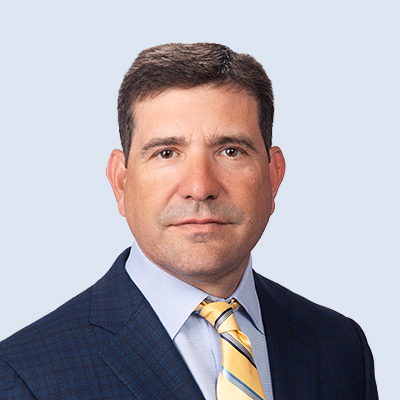New Go-to-Market Investments to Drive Business Performance


94% of Healthcare Commercial Leaders are Making Changes to Sales, Marketing and Service Models
Healthcare leaders are optimistic about 2022 business performance. A recent Alexander Group survey reports that healthcare firms achieved 95.9% of their target revenue in Q1, with 69% of respondents maintaining a positive outlook for 2022. Incremental changes to commercial models over the last decade have brought increased productivity (higher revenue per sales rep) and have lowered the expense-to-revenue ratio. But as customer expectations continue to evolve, leaders in the healthcare space are looking to further transform their go-to-market strategies to focus on next-generation solutions, such as digital health, to remain competitive. Over 68% of those surveyed plan to make at least moderate changes to their commercial model over the next two years. To move the needle forward, investments in alternative roles, top-notch talent, and digital marketing and technology tools are at the forefront to ensure continued growth for the remainder of the year.
Healthcare Organizations Are Investing in More Specialized Sales Roles
Moving away from the lone-wolf field rep approach and investing in alternative resources is an extremely important step towards increasing productivity and driving down expenses. Those surveyed plan to increase headcount most significantly for inside sales representatives and customer success managers. Headcount increases of 15% and 13%, respectively, can be expected for these roles. Leaders also plan to increase the headcount of other alternative roles, such as clinical support specialists and key account managers.
Retaining Quality Talent is a Top Investment Priority for 2022
73% of survey respondents rate retaining high performers and quality talent as a high priority for 2022. With current economic conditions influencing talent retention and high inflation rates, 97% reported having a plan to increase existing sellers’ total target compensation, with 43% of those respondents planning a pay increase of 4-6%, and 33% of respondents planning an increase of 7% or higher. In addition to increasing pay for existing sellers, new hires are being brought in at a higher pay level than current employees. Nearly one-third of poll respondents reported that new hires are being paid 5-10% more than existing sellers.
Digital Investment is Key, But Leaders Lack Confidence in Their Strategies
Currently, healthcare firms are spending a nominal 0.11% of revenue on digital marketing. 73% of respondents believe that investing in digital tools is a high priority this year, but only 9% believe their digital marketing strategy is currently effective. Seller enablement technologies are at the top of leaders’ priority list. Despite nearly three-quarters of respondents planning to invest in digital, the healthcare industry remains significantly behind when it comes to digital marketing and technology tool spend compared to other industries. Healthcare commercial leaders are focusing on the transition from small-scale applications to more rapid expansion and transformation. A necessary increase in investment dollars towards digital tools is no longer optional. Rather, with the continuous changes in customer expectations and interaction requirements, healthcare firms need to make a significant push toward digital.
Transformation is the Key to Success
While 2022 is off to a strong start, the environment is constantly evolving, requiring leaders to invest in and transform their go-to-market model. Alexander Group is available to help healthcare leaders with commercial model transformation. For more information, please contact an Alexander Group Healthcare practice leader.
_______________________________________________
Recommended Insights:
Article: What Commercial Leaders Should Expect in 2022